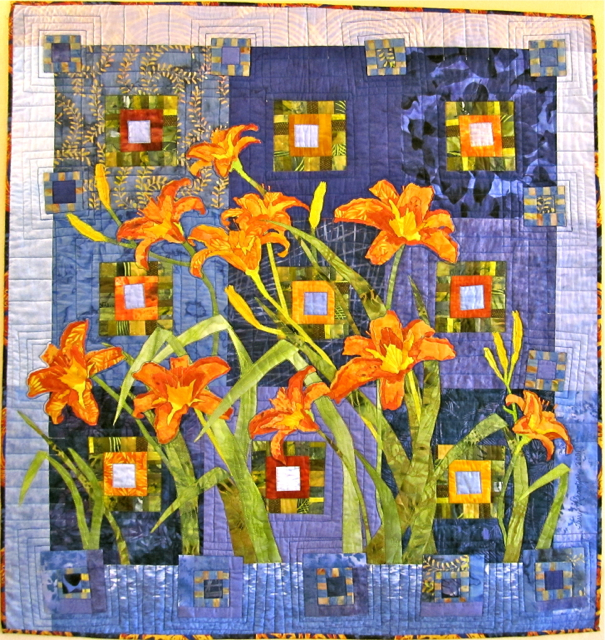I had a hard time finding the name of this plant, and, after I did, I realized that I should have known. With all weird and wonderful plants, a good search word to start with is ‘Madagascar.’

It’s a Pachypodium lamerei, often called a Madagascar palm, although it is not a palm but a stem succulent. Mine is about 3′ tall (about 92 cm.) and is growing here with a red orchid, Epidendrum ibaguense, and a cream-yellow Russelia equisetiformis lutea. (Click the photo to get a better look.)
P. lamerei is easy to grow in well-drained soil in a frost-free climate. It also makes a good potted plant, if you can give it enough sun. It will do well in a fast-draining soil mix, like one for cactuses. A mature plant can have fragrant flowers, but I haven’t seen any on ours.
The island nation of Madagascar is one of the most diverse places on earth for plant species; it has about 12,000. Tropical Africa has about 3 times that many, but 35 times the size.



















